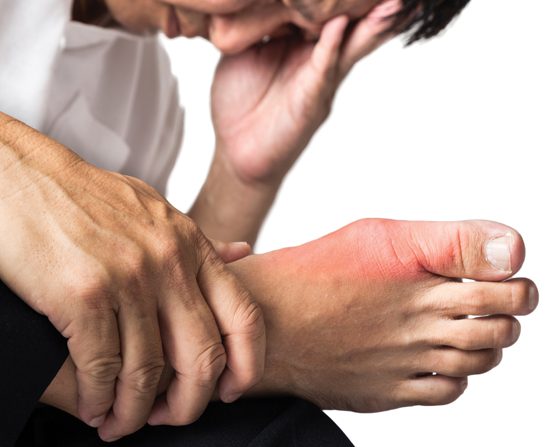When a Diabetic Is Wounded
April 28, 2022 Return

A little cut, a small blister, a little bleeding… all these may seem like a trivial issue to most of us. For a diabetic person, however, simple, small wounds may turn into dangerous complications if he or she is not careful.
Wounds that go deep
The Journal of American Medical Association reports that:
- One-in-four diabetic persons will develop a wound that will turn into an ulcer.
- More than half of such ulcers will in turn become infected.
- One-fifth of such infected ulcers may lead to complications that require amputation.
How Diabetes Worsens Matters
Diabetes can lead to various effects to our health, which both increases our risk of developing wounds and complicates the process of wound healing.
- The skin of the ankles and feet tend to be dry and cracked, making those areas more prone to both injuries and subsequent infection.
- These wounds, especially small ones, may go unnoticed for a while because nerve damage in those areas (a common diabetes complication) numbs us to any pain that arises.
- High blood glucose levels cause blood vessels to narrow, resulting in less oxygen and nutrients delivered from our lungs to the cells around a wound. This slows down the healing process.
- Diabetes also weakens our immune system, making each wound more likely to become infected.
The Feet Need TLC
The feet of a diabetic person are common areas for wounds and blisters to occur undetected, since nerve damage in those areas is a common complication in diabetes. Therefore, it pays to:
- Wear thick, warm socks even at home.
- Apply moisturizer to your feet daily, especially to the areas between your toes. If you have athlete’s foot, apply antifungal cream in affected areas.
- Be extra careful when clipping your toenails. You may consider having a podiatrist (foot specialist) clip them for you.
- Avoid too-tight shoes, high heels, and other types of footwear that leave you vulnerable to falls and injuries.
Dressing Up the Situation
Fortunately, there are steps that can be taken to support wound healing while reducing the risk of infection.
- Regularly check for wounds, especially around the feet. Use a mirror if it is difficult to see the soles of the feet.
- Even if a wound is small, take it seriously. Quickly apply antiseptic ointment or solution, and cover with a bandage if necessary.
- Keep pressure off the wound.
- If the wound takes longer than usual to heal, or show signs of infection (such as pus formation), seek medical attention immediately.
References: 1. WebMD. Available at www.webmd.com 2. Wound Care Centers. Available at www.woundcarecenters.org
If you like this article, do subscribe here.
